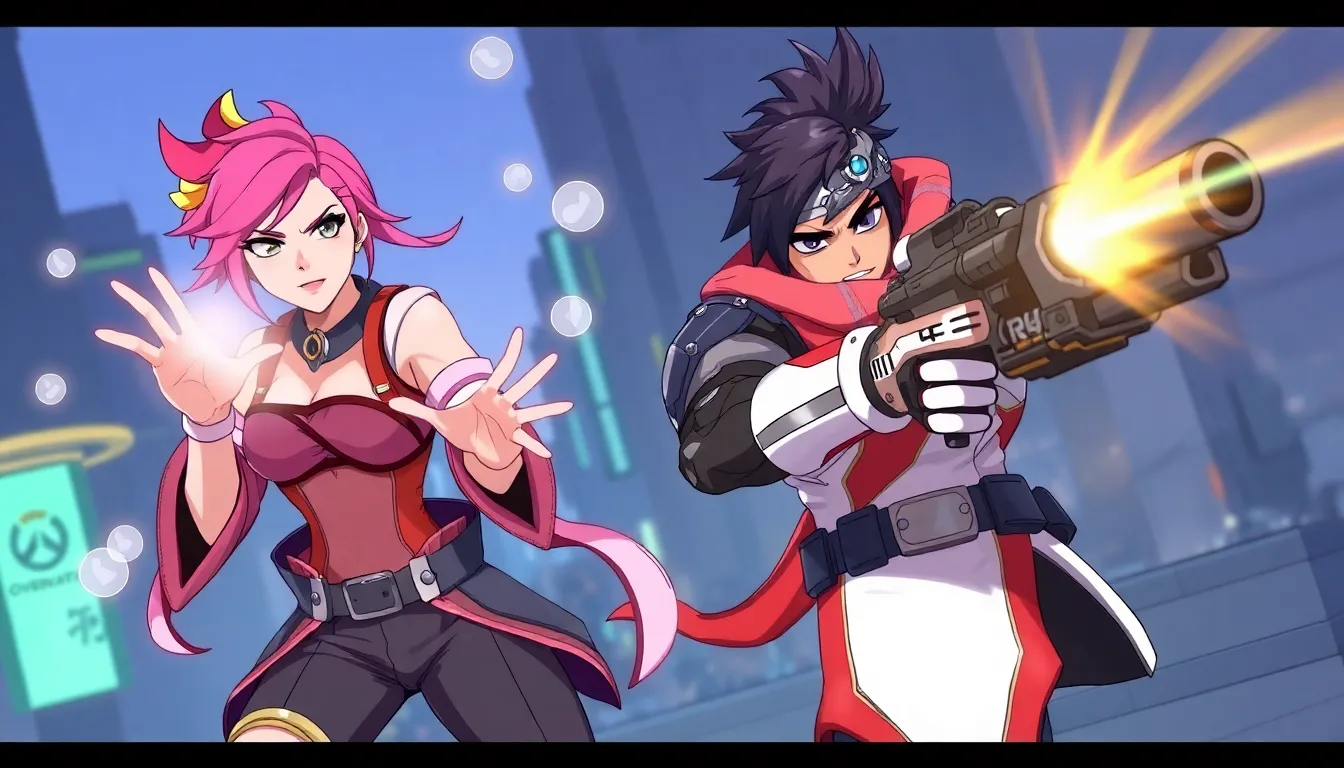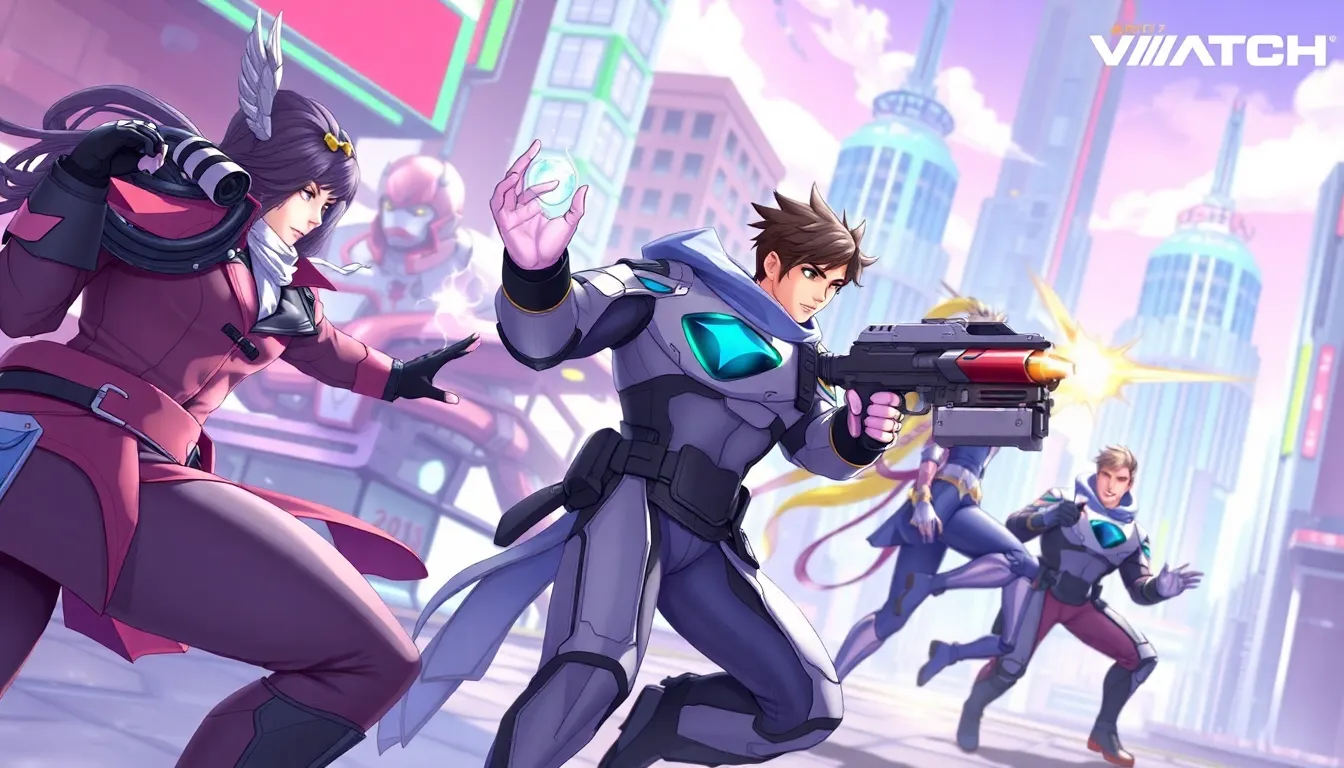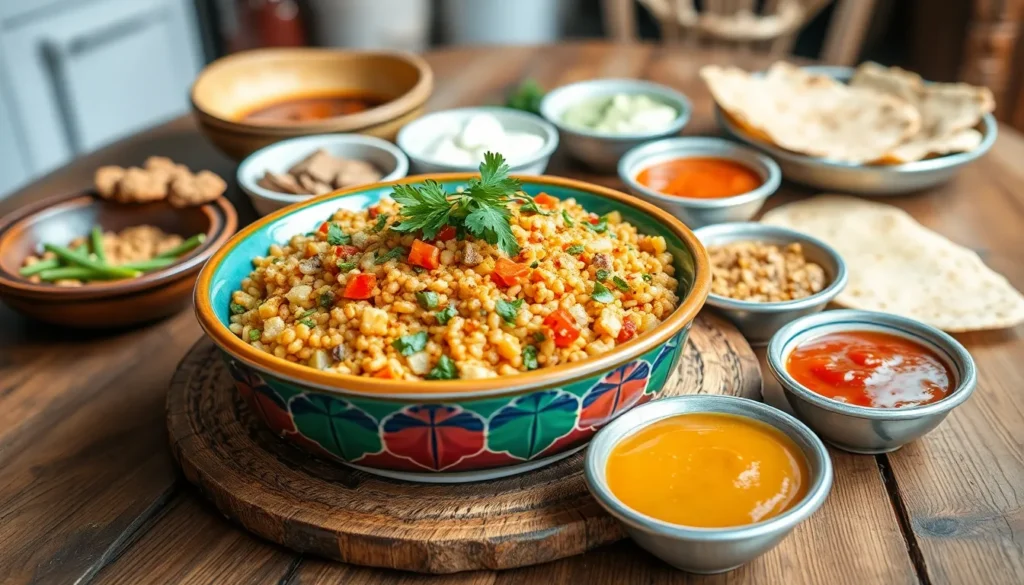Table of Contents
ToggleIn the vibrant world of Overwatch, choosing the right hero can feel like picking a favorite child—if your kids could shoot lasers and heal people. With a roster packed with unique abilities and playstyles, navigating this colorful battlefield can be overwhelming. That’s where the Overwatch tier list comes in, helping players make sense of who’s hot and who’s not in the ever-evolving meta.
Understanding Overwatch Tier Lists
An Overwatch tier list categorizes heroes based on their effectiveness in the current gameplay environment. It offers players insight into hero strengths and weaknesses, reflecting the ongoing changes in the game’s meta.
What Is an Overwatch Tier List?
An Overwatch tier list ranks heroes from most to least effective. Each ranking considers various factors, such as individual performance, synergy with team compositions, and overall popularity among players. Players often refer to tier lists for guidance during hero selection in competitive matches. Various sources, including community feedback and patch notes, influence these rankings. Understanding where each hero stands helps players make informed choices that align with their gameplay style.
Importance of Tier Lists in Gameplay
Tier lists play a crucial role in guiding player decisions during matches. They inform players about which heroes excel in specific contexts, ensuring strategic advantages. Selecting heroes from higher tiers often means increased chances of success in matches. Additionally, tier lists help identify heroes that can counter opponents effectively. Recognizing the current meta trends enhances team coordination and performance, making tier lists valuable tools for both new and experienced players.
Current Overwatch Tier List Overview

The current Overwatch tier list categorizes heroes according to their effectiveness in today’s gameplay environment. Factors influencing these rankings include individual performance, team synergy, and recent community feedback.
S Tier Heroes
S Tier heroes dominate the current meta. Characters like Kiriko and Sojourn excel in versatility and adaptability. Their strong abilities allow them to shine in almost any team composition, making them top choices for competitive play. Players often rely on these heroes for their consistent impact in matches.
A Tier Heroes
A Tier heroes offer excellent capabilities, standing out for their strong performance. Sigma and Baptiste fit well into this category. Each of these heroes supports team dynamics while offering unique abilities to control the battlefield. The effectiveness of A Tier heroes makes them reliable choices for players aiming to enhance their gameplay.
B Tier Heroes
B Tier heroes present a balanced mix of strengths, showing potential in specific scenarios. Characters like Mei and Zarya demonstrate solid utility but can struggle against higher-tier opponents. Teams benefit from these heroes in particular strategies, though their overall impact may vary depending on match dynamics.
C Tier Heroes
C Tier heroes face challenges in the current meta. Players might find success with heroes like Roadhog or Junkrat primarily in specific contexts. Though not as consistently effective, these characters can still contribute under the right conditions. Adapting strategies around C Tier heroes may yield surprising results during matches.
D Tier Heroes
D Tier heroes often struggle to find their place in competitive play. Characters like Bastion and Torbjörn may lack the versatility or impact needed in the current game environment. While they can occasionally surprise opponents, relying on these heroes can hamper overall team performance. Players typically look for alternatives higher in the tier list for optimal success.
Factors Influencing Tier Rankings
The tier rankings in Overwatch depend on several key factors that affect hero effectiveness.
Hero Abilities and Strengths
Hero abilities play a crucial role in determining their tier placement. Each hero possesses unique skills that can greatly impact gameplay dynamics. For instance, S Tier heroes like Kiriko and Sojourn excel due to their versatility. A Tier heroes, such as Sigma and Baptiste, offer strong utility in various scenarios. The right combination of offensive capabilities, defensive options, and support abilities can elevate a hero’s standing. Players also recognize heroes with crowd control or area damage as particularly powerful. Understanding these strengths helps players make informed choices based on their playstyle and team composition.
Meta Shifts and Balance Changes
Meta shifts significantly affect tier rankings, as they often arise from balance changes. Game developers regularly update the roster to maintain competitive integrity. Adjustments can increase or decrease a hero’s effectiveness in current gameplay. For example, buffs to a hero’s damage output can result in a rise from C Tier to B Tier. Conversely, nerfs may push a previously strong hero down the rankings. Players stay informed about patch notes and community feedback to adapt their strategies accordingly. Recognizing these shifts allows for better decision-making during hero selection.
Tips for Choosing Heroes Based on Tier Lists
Selecting heroes in Overwatch requires strategic consideration of tier lists. Players can optimize their choices by focusing on team dynamics and opponent strategies.
Team Composition Strategies
Formulating an effective team composition enhances gameplay. Prioritize heroes that complement each other’s strengths. S Tier heroes like Kiriko can provide support while A Tier heroes like Sigma tank damage. Mixing DPS and support roles boosts overall effectiveness. Consider utilizing B Tier heroes, such as Mei, for crowd control in specific situations. Recognizing the synergy between hero abilities helps create a balanced team structure, ensuring adaptability during matches. Staying aware of the current meta trends allows players to adjust their selections based on team composition needs.
Adapting to Opponents
Adapting to opponents is crucial for successful gameplay in Overwatch. Analyze the enemy team’s hero choices and adjust selections accordingly. If the opponent relies on high-damage heroes, counter with robust tanks or shields from A Tier selections. In cases where the enemy employs crowd control, choosing agile heroes like Sojourn from S Tier can mitigate threats. Understanding the opposing team’s strategy fosters better decision-making during matches. Regularly reviewing tier lists aids in recognizing viable counter-picks that exploit weaknesses. Flexibility in hero choice can significantly impact match outcomes, enhancing chances for victory.
Understanding the Overwatch tier list is essential for players looking to enhance their gameplay. By recognizing which heroes excel in the current meta players can make informed decisions that align with their strategies and team dynamics. The tier list not only highlights the strengths and weaknesses of each hero but also adapts to ongoing balance changes and community insights.
Staying updated with these rankings empowers players to counter-pick effectively and formulate strong team compositions. Whether you’re a newcomer or a seasoned veteran the tier list serves as a valuable tool for navigating the complexities of hero selection. Embracing this knowledge can lead to improved performance and a more enjoyable gaming experience.




